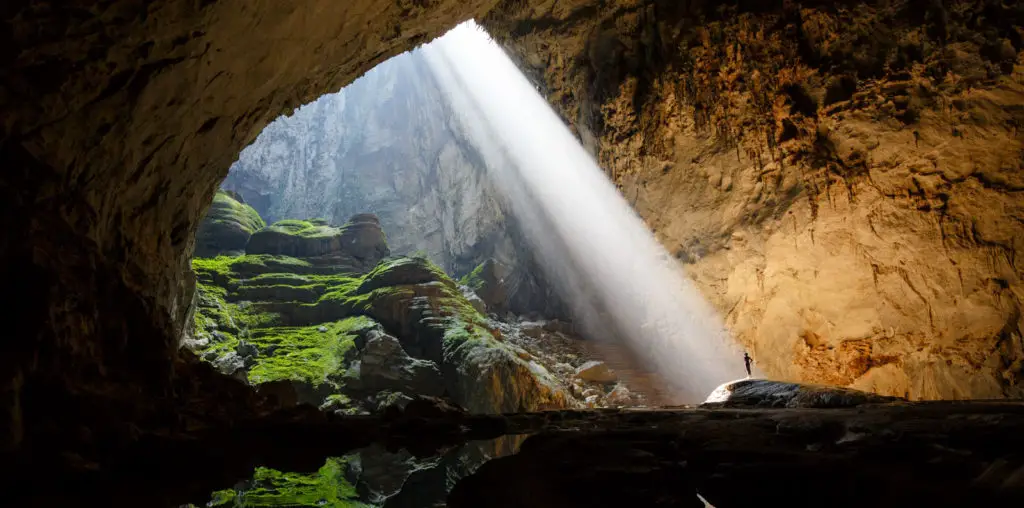
There are certain events that don’t require any form of creative enhancement / manipulation. The abuse of children via outright physical violence or the more subtle mental approach is usually of such an appalling nature that just relating a story is enough to stir intense emotions. In the case of the families and children in war-torn Northern Uganda, whose lives have been tortured and hindered by a violent rebellion that has left most of the inhabitants in military-protected refugee camps in their own country, artistic manipulation is both unecessary and, frankly, insulting to the subjects and the audience. Unfortuately, “War/Dance” takes this more stylish approach to documentary emotion-manipulation, making for an at times shameful viewing experience.
“War/Dance” documents the efforts of the children of the Patongo Refugee Camp in Northern Uganda as they prepare for their first ever invitation to Uganda’s Music and Arts Competition. Specifically focusing on three children, the film attempts to show hope in a world of hopelessness, as the children, who have very little of anything positive to attach to, work within the healing powers of music and dance. This slim bit of joy in their day-to-day lives is important, as each child, nay each inhabitant, seems to have a tragic story of violence and pain. Interwoven throughout the film are the children practicing for their competition, as well as short vignettes where the children relate the tragic stories that left them in Patongo.
My issues with this film involve the stylistic nature of the documentary, which, for example, puts the camera in extremely intrusive spots during the music performances and dances. Such over-the-top involvement within the picture pulls the objective observer out of the film, and makes the doc feel more like a glossy reality show (albeit a very tragic one), because either the children allowed the cameras to be that disruptive in the middle of their performances and/or the performances were later staged, making for an overall uncomfortable feeling of false-ness. Particularly during the final competition, when you’re seeing amazing footage within a group of children dancing in a circle and, as an audience, you can imagine these camera people within the fray on stage. As a competitive team, wouldn’t I be upset over my big performance being tripped up by a camera crew? And, as I said, the thought of it being staged makes you feel uneasy as well, because that means the documentarians went for style over authenticity. But this criticism of possible staged performances and situations isn’t quite as disturbing as the vignettes.
As the children relate their personal stories, the children are placed within either the same environments in which the atrocities in their lives took place, or a staged set-region that’s a similar as they can get. Whereas hearing a child relate about how a gun-toting soldier had them identify their parents by their severed heads should be moving emotionally across-the-board, seeing the same child standing in a similar spot not only feels grossly emotionally manipulative, but it also seems disrespectful to the child. All told, I found my emotions going more towards being protective of these children from the filmmakers than from the rebels of Northern Uganda.
And I know the focus of the documentary was not to be a history lesson, but we never get any explanation of why the war in Uganda is happening in the first place. Sure, as knowledgeable audiences, we should be up on current events but if you’re going to spend the majority of a film talking about “rebels,” it’d be nice to mention why they’re rebelling. Maybe it’s my own idealism that people by nature are good, and historically only do truly awful things when they truly believe in something, misguided or no, but I can’t imagine the rebels of Northern Uganda waking up wanting to slaughter children. I’m not saying there will ever be an excuse or justification, but just a glimpse into the flawed logic or beliefs would be helpful towards finding the full context. Without the full context, it’s a cartoon of good vs. evil.
In the end, my criticism of this film is not aimed at the children, nor the schools, but simply the approach the filmmakers took, this style-over-substance emotion-manipulation. Had this been a straight-up documentary, where the words and images speak for themselves without artistic enhancement, I would most likely have walked out of the theater feeling enraged that these conditions and situations exist in the world, and uplifted by these children finding something powerful to hold onto in their lives. Instead, I left the theater upset at the filmmakers for taking advantage of these children for their own artistic purposes.
